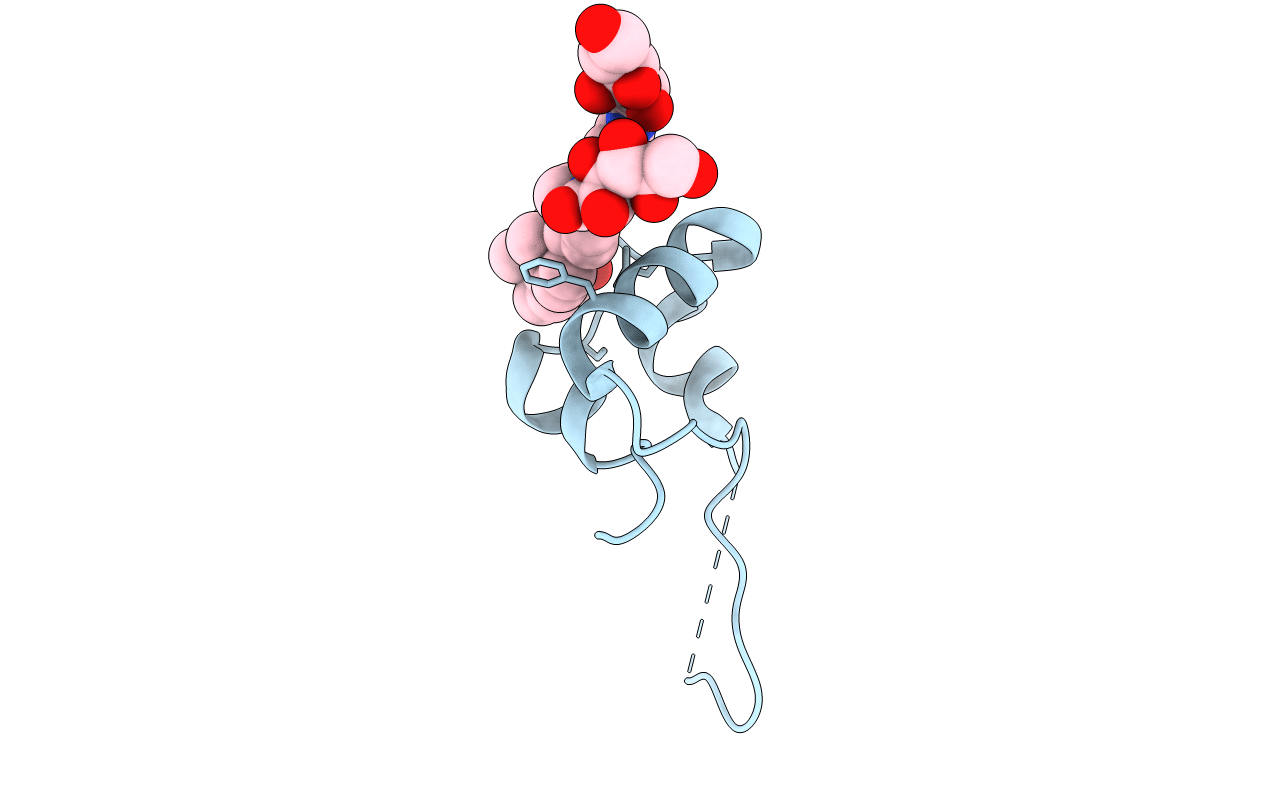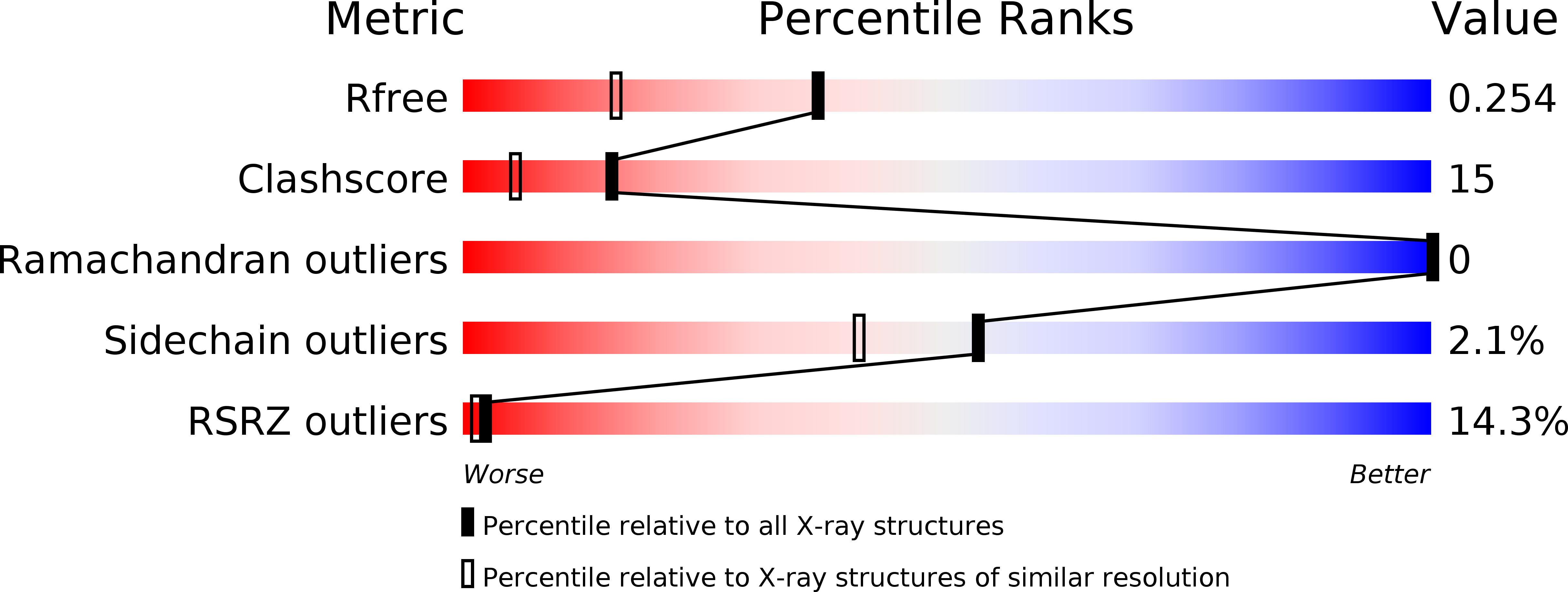
Deposition Date
2001-05-11
Release Date
2001-09-05
Last Version Date
2024-11-20
Method Details:
Experimental Method:
Resolution:
1.82 Å
R-Value Free:
0.25
R-Value Work:
0.24
Space Group:
C 2 2 21


